Hey there, food lovers! JL Surjan here, your go-to lifestyle blogger, ready to dive deep into the delicious and nutritious world of Dominican Sancocho. This hearty stew is more than just a comfort food; it’s a nutritional powerhouse.
In this article, I’ll break down everything you need to know about the nutritional value of Sancocho, from its macronutrient profile to its health benefits. Let’s get started!

Macronutrients in Sancocho
When it comes to Dominican Sancocho, the macronutrient content is as rich and varied as its ingredients. This section will delve into the primary macronutrients – protein, carbohydrates, and fats – and how they contribute to the overall nutritional profile of this beloved dish.
Protein Content
Sancocho is typically made with a variety of meats, including chicken, beef, pork, and sometimes even goat. These meats are excellent sources of protein, essential for muscle repair and growth, as well as overall body maintenance.
Chicken: A common addition, chicken provides lean protein, making Sancocho a great option for those looking to build muscle without consuming too much fat.
Beef and Pork: These meats add a richer, deeper flavor to the stew and contribute significant amounts of protein. They are also sources of iron and B vitamins.
Goat: Less common but still traditional in some recipes, goat meat is leaner than beef and pork but still offers a robust protein boost.
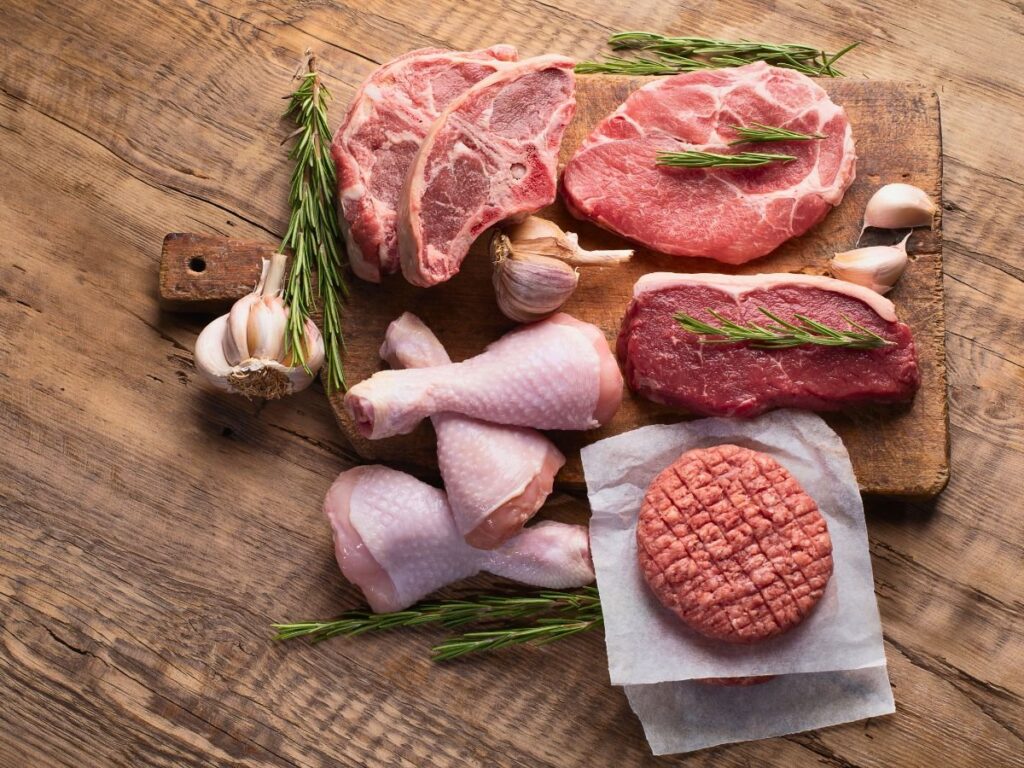
Carbohydrate Content
Carbohydrates in Sancocho come primarily from the starchy vegetables used in the recipe. These include yucca, plantains, corn, and potatoes. Each of these ingredients contributes to the dish’s overall energy content.
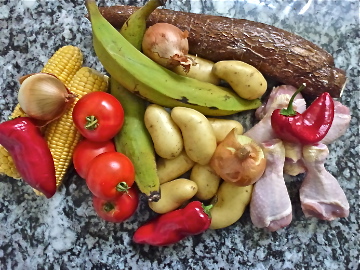
- Yucca and Plantains: These provide complex carbohydrates, which are broken down slowly, providing sustained energy and keeping you full longer.
- Potatoes: Another source of complex carbs, potatoes also add a creamy texture to the stew.
- Corn: Adds not only carbs but also a touch of sweetness, balancing the savory flavors of the meat and vegetables.
Fat Content
The fat content in Sancocho varies depending on the types and cuts of meat used. However, it’s generally balanced by the dish’s other ingredients.
- Chicken: If using skinless chicken breasts, the fat content is relatively low. However, chicken thighs and drumsticks can increase the fat content slightly.
- Beef and Pork: These meats can add a significant amount of fat, particularly if using fattier cuts. This fat contributes to the stew’s richness and flavor.
- Cooking Oils: Traditional recipes may use oils like olive oil or vegetable oil for sautéing, which can also add to the overall fat content.
Micronutrients in Sancocho
Beyond the macronutrients, Sancocho is packed with essential vitamins and minerals that contribute to its nutritional value. This section will highlight the key micronutrients found in the dish and their benefits.
Vitamins
The variety of vegetables and meats in Sancocho means it’s rich in several essential vitamins.
- Vitamin A: Found in plantains and carrots, vitamin A is crucial for maintaining healthy vision, skin, and immune function.
- Vitamin C: Vegetables like peppers and yucca contribute vitamin C, important for immune health and skin elasticity.
- B Vitamins: The meats in Sancocho provide B vitamins, including B12, which is essential for energy production and nervous system health.
Minerals
Minerals are another key component of Sancocho’s nutritional profile.
- Iron: Meats like beef and pork are excellent sources of iron, necessary for transporting oxygen in the blood.
- Potassium: Plantains, potatoes, and yucca are rich in potassium, which helps regulate fluid balance, muscle contractions, and nerve signals.
- Magnesium: Found in many of the vegetables, magnesium is important for muscle and nerve function, blood sugar control, and bone health.
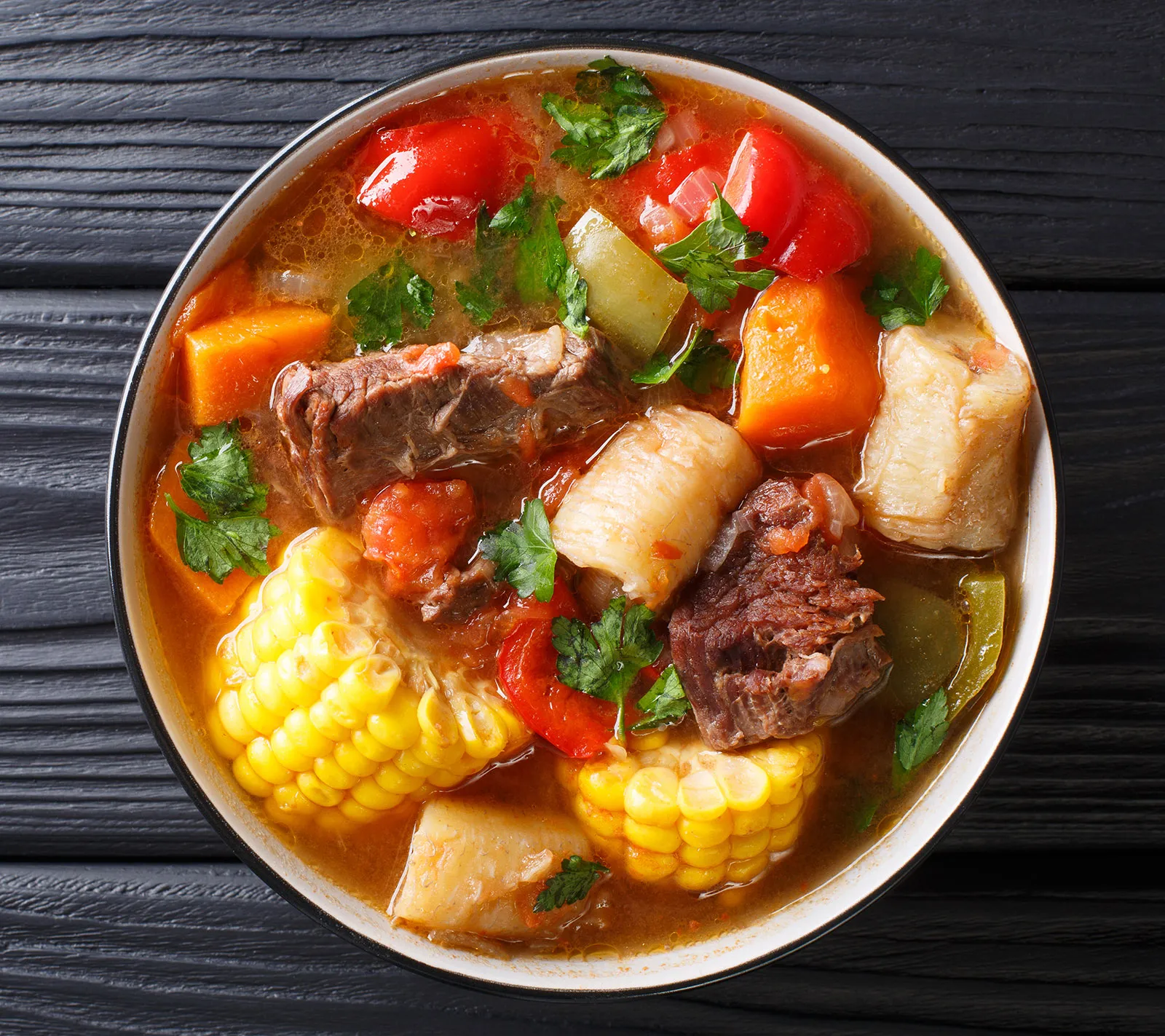
Health Benefits and Considerations
Sancocho isn’t just a delicious dish; it also offers several health benefits due to its nutrient-rich ingredients. However, there are also dietary considerations to keep in mind.
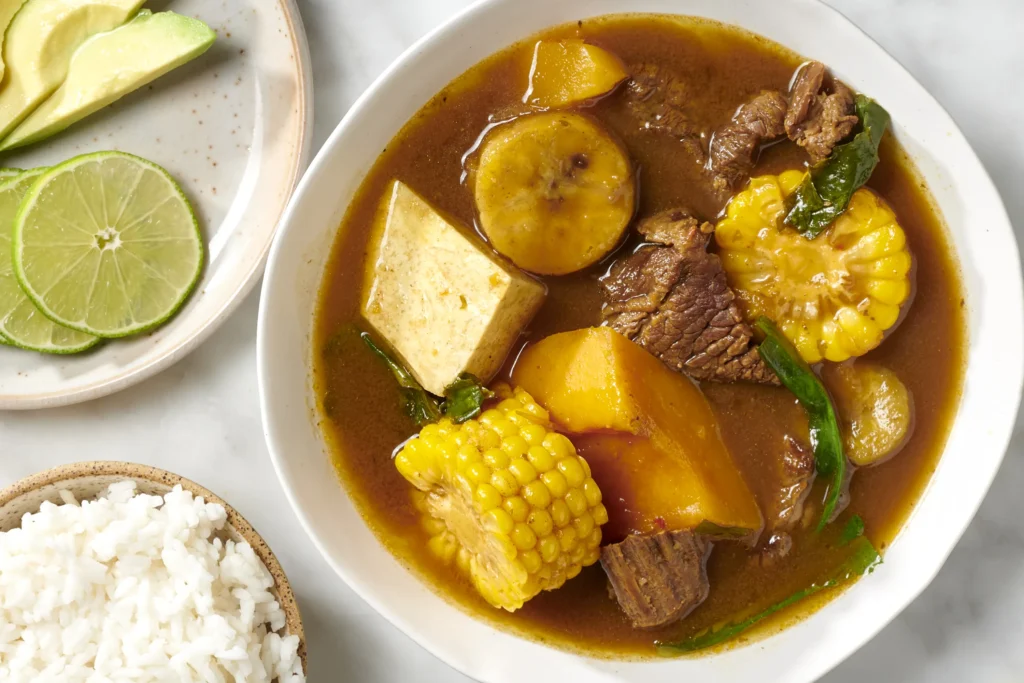
Benefits of Ingredients
Each ingredient in Sancocho contributes to its overall health benefits.
- Chicken: Lean protein helps build and repair tissues and is essential for muscle health.
- Beef and Pork: These meats provide iron and zinc, which are crucial for immune function and wound healing.
- Vegetables: High in fiber, the vegetables in Sancocho aid in digestion and provide essential vitamins and minerals.
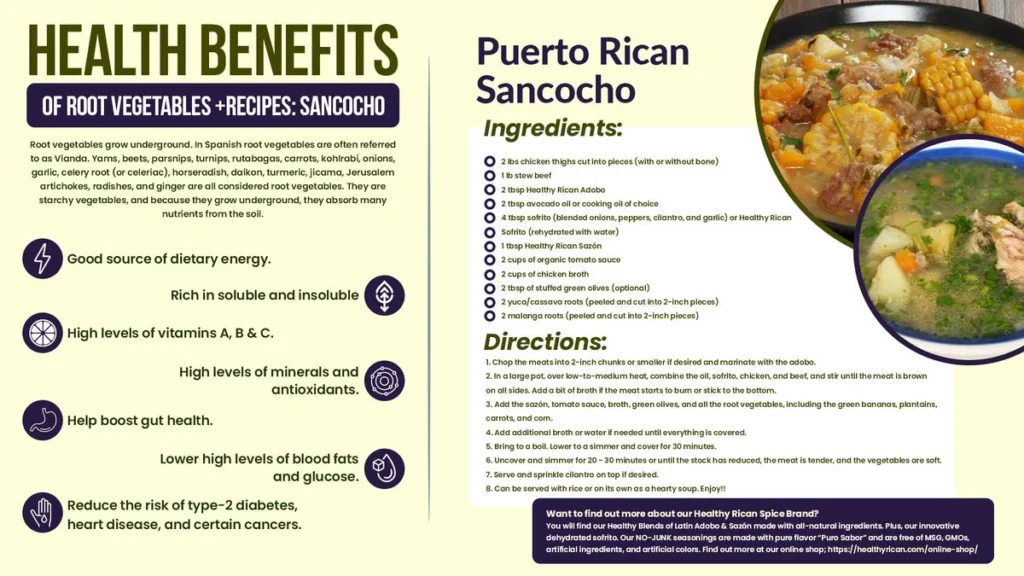
Dietary Considerations
While Sancocho is nutritious, it’s important to consider portion sizes and preparation methods to maintain its health benefits.
- Sodium Content: Depending on how it’s seasoned, Sancocho can be high in sodium. Opt for low-sodium broth and use herbs and spices for flavor.
- Fat Content: Choose lean cuts of meat and trim excess fat to reduce the overall fat content.
- Portion Control: Like any hearty stew, it’s easy to overeat. Serving appropriate portions will help maintain a balanced diet.
Nutritional Information by Portion Size
To help you better understand the nutritional content of Sancocho, here’s a table detailing the approximate nutritional values for different portion sizes. These values are based on a traditional recipe with chicken, beef, pork, and a variety of vegetables.
| Portion Size (grams) | Calories | Protein (g) | Carbohydrates (g) | Fat (g) | Sodium (mg) | Fiber (g) |
|---|---|---|---|---|---|---|
| 250 | 300 | 20 | 25 | 10 | 500 | 5 |
| 500 | 600 | 40 | 50 | 20 | 1000 | 10 |
| 750 | 900 | 60 | 75 | 30 | 1500 | 15 |
| 1000 | 1200 | 80 | 100 | 40 | 2000 | 20 |
These values are approximate and can vary based on the specific ingredients and preparation methods used. Adjustments can be made for lower calorie or lower sodium versions by modifying the types of meat and seasonings.
Tips for Making a Healthier Sancocho
While Sancocho is already a nutritious dish, there are ways to make it even healthier without sacrificing flavor. Here are some tips to consider:
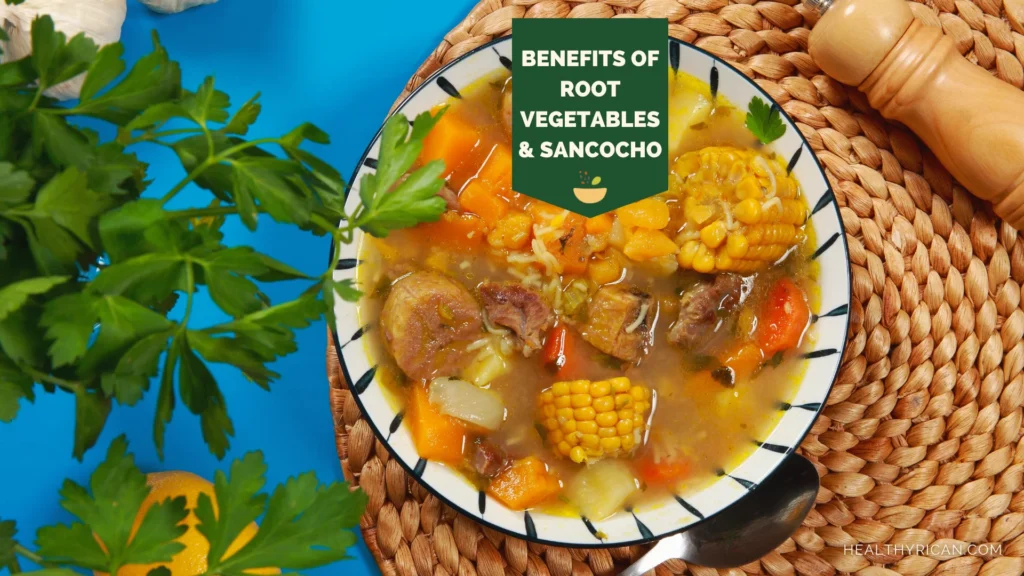
- Use Lean Meats Choosing lean cuts of meat can significantly reduce the fat content of your Sancocho. Opt for skinless chicken breasts, lean cuts of beef, or even turkey to keep the stew heart-healthy.
- Increase Vegetable Content Adding more vegetables not only boosts the nutritional content but also increases the fiber, making the dish more filling. Consider adding additional vegetables like carrots, bell peppers, and spinach.
- Limit Sodium Using low-sodium broth and seasoning with herbs and spices instead of salt can help keep the sodium content in check. Fresh herbs like cilantro, oregano, and thyme add a lot of flavor without the need for extra salt.
- Incorporate Whole Grains Serving Sancocho with whole grain sides like brown rice or quinoa instead of white rice can add additional fiber and nutrients. This swap helps keep blood sugar levels stable and adds to the dish’s overall nutritional profile.
- Watch Portion Sizes While Sancocho is delicious, portion control is key to maintaining a balanced diet. A typical serving size of 500 grams provides a good balance of nutrients without going overboard on calories or sodium.
FAQs
Conclusion
Dominican Sancocho is more than just a flavorful stew; it’s a nutritional goldmine packed with essential macronutrients and micronutrients. From the protein-rich meats to the fiber-filled vegetables, every ingredient plays a role in making this dish both delicious and nutritious.
Whether you’re looking to enjoy a hearty meal or seeking a balanced diet, Sancocho fits the bill perfectly. So, why not give it a try and enjoy the many health benefits it offers?
Disclosure: Our blog contains affiliate links to products. We may receive a commission for purchases made through these links. However, this does not impact our reviews and comparisons. We try our best to keep things fair and balanced, in order to help you make the best choice for you.

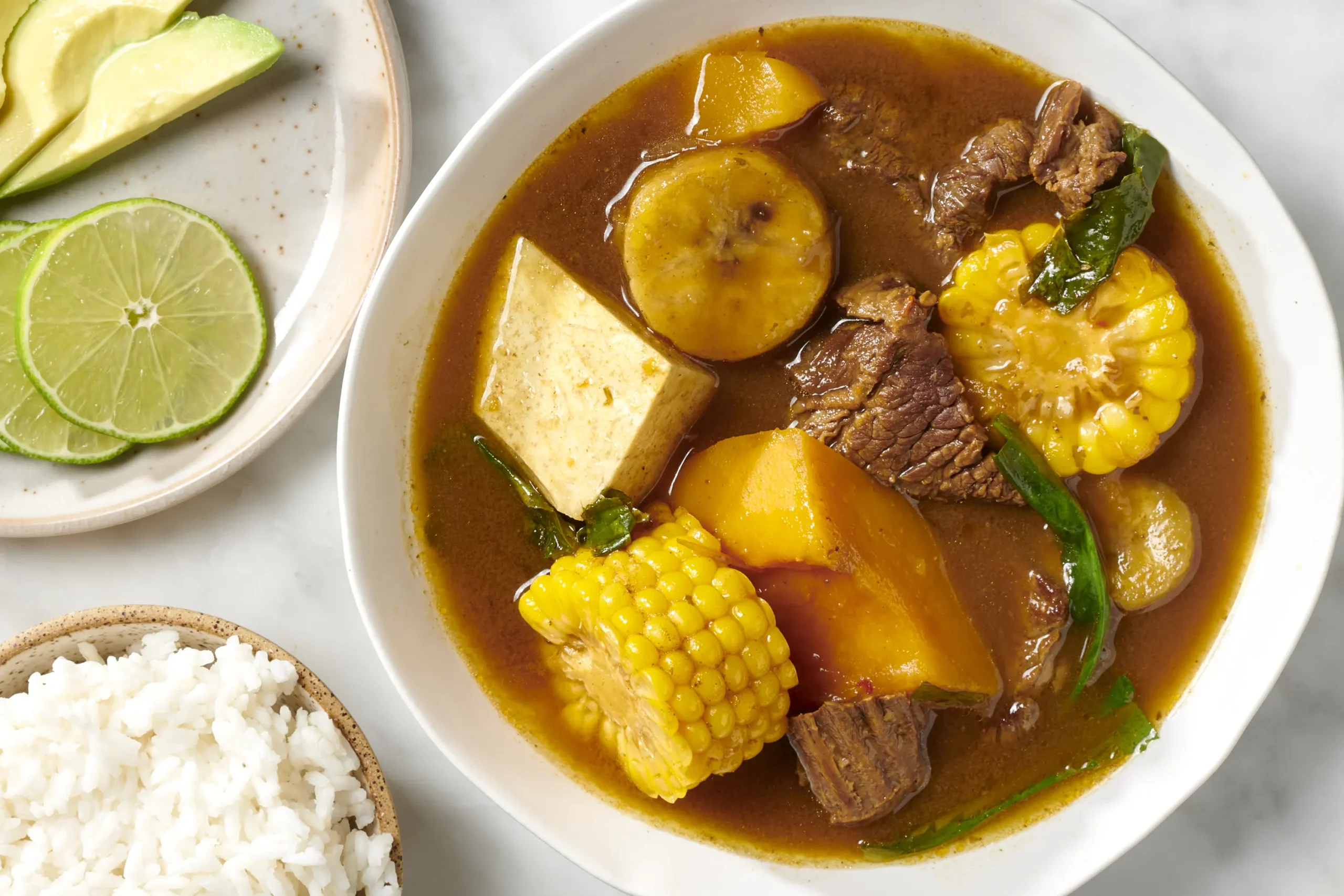
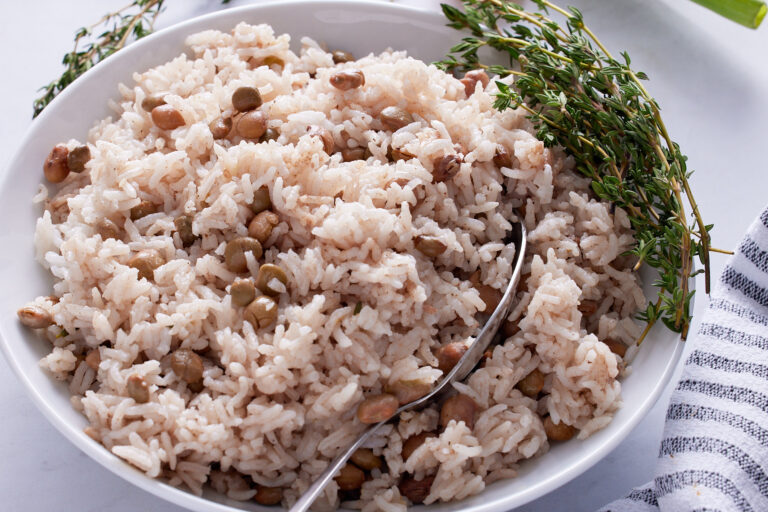

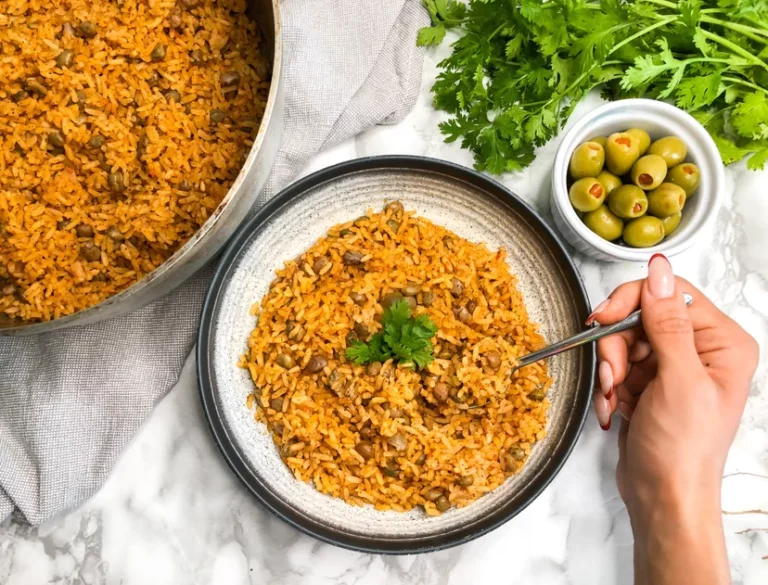
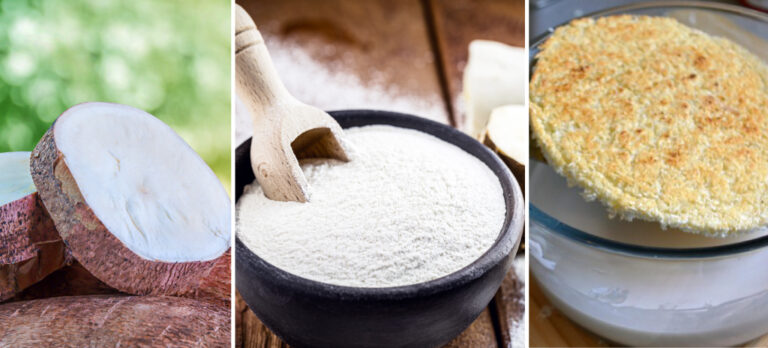


One Comment